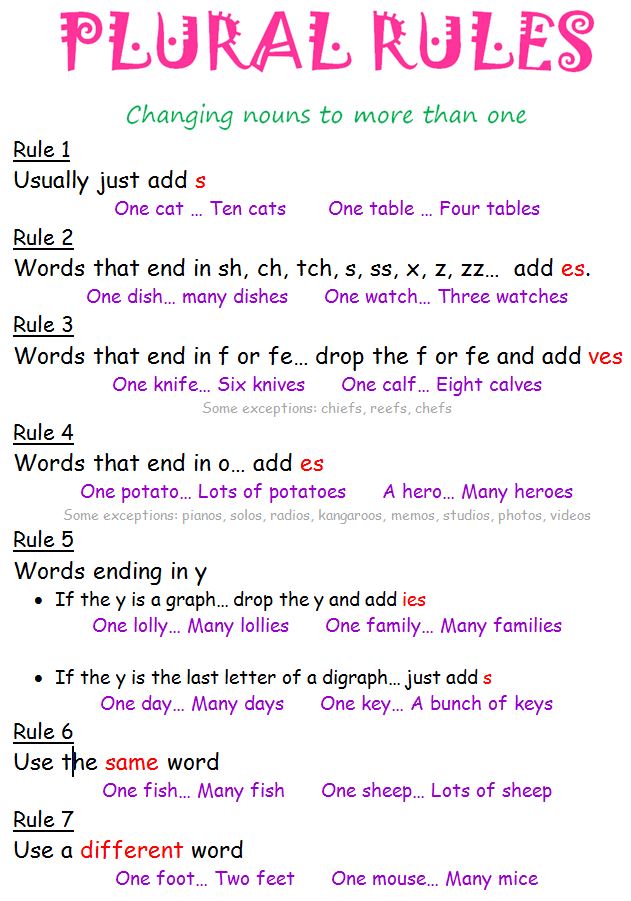
In addition, Seelemann aims to recognise the types of indigenous systems and technologies we are designing for site-specificity wherever possible. The furniture collection employs vernacular architectural techniques from Germany while questioning the aesthetics that have long been associated with high-tech and “green design”. In addition, as the clay is raw and unburned, it can be reused and reformed simply by adding water to it when it is decommissioned, it can be composted and simply returned to the soil. Other pieces are finished with clay, giving their structure more stability and excellent qualities for the room's internal climate. Hortulanus are made in part from straw boards – a material new to the market – using leftover agricultural straw and additives such as miscanthus, hemp and sea grass, which are fully biodegradable.

In her latest work, Seelemann highlights the idea that objects aren't made for permanence but instead have a purposefully limited lifespan and incorporate maintenance, care and decay in their design. The talented designer has proposed a playful and aesthetically provocative future scenario where she explores the relationship between local and natural materials, agricultural waste and indigenous knowledge. Johanna Seelemann created the Hortulanus furniture collection using low embodied energy resources, such as locally sourced earth and straw. Seelemann's work has been exhibited previously at the Victoria & Albert Museum in London, MAKK Museum Cologne, Design Museum Helsinki, Tønder Art Museum Denmark, among others and currently at Milan Design Week 2022.

And even as she explores nuanced topics, her results are always formulated as optimistic suggestions and proposals that help us imagine alternative future scenarios. Exploring the origins of our everyday environment's mundane objects and materials, Seelemann is known for a broad spectrum of projects, such as 'Terra Incognita', 'Hortulanus' and 'Banana Story,' and her investigations have become critical references for today's design market. The German designer developed her fascination for concepts such as substitution, aesthetic evolution, adaptation, transformation, resilience and nature-centred technologies during her master's programme in contextual design at the Design Academy in Eindhoven (2019).

Furthermore, the change of scenery provided a greater and broader understanding of the locality, the available material and the production processes, some critical points that become the essence of her work. She not only experienced a scarcity of resources but had the opportunity to perceive nature more respectfully and as a source of inspiration. After an exchange programme at the University of the Arts in Iceland (2016), where she completed a bachelor's degree, Seelemann learned about the different realities of the Nordic nation and its dramatic landscape, a contrast to her homeland with its volcanoes, geysers, hot springs and lava fields.
Processes plural how to#
Since the beginning of her career, Johanna Seelemann has asked herself how to make a difference as a designer and critically look at local materials and processes.


 0 kommentar(er)
0 kommentar(er)
